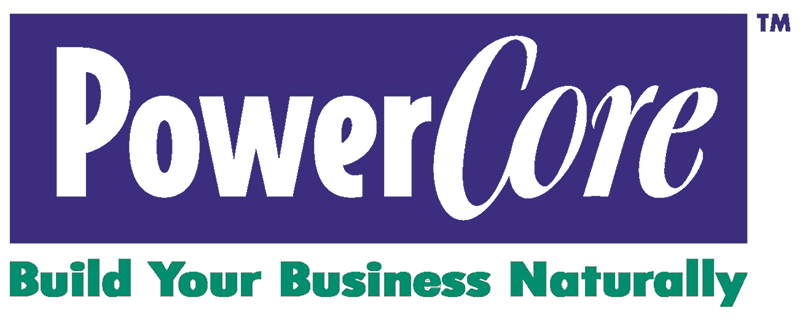What To Do To Get Referrals: Etiquette is What We DO and Say - for business
Share what you prepare for with a client, and how long it takes you.
Whether it’s 15 minutes to pull a CMA for a listing appointment, or a glance through your notes after the last meeting, how do you prepare?
- Is there something special you need for clients, not prospects?
- Is some part of your presentation customized?

Response from Herman (Tommy) Thompson Jr., CFP®, ChSNC®, ChFC®
from the North Gwinnett Team
For my financial planning clients, I prepare a real-time projection of their long-term finanical plan. This is done on the computer so that we can run what-if scenarios and adjust the plan for any life changes that have happened since our last meeting. The ability to actually see the consequences of different financial decisions is powerful for visual learners. It is also an excellent way to help my clients keep focused on the big goals instead of being distracted by short-term stock market noise.
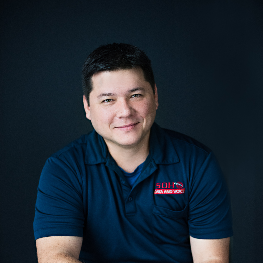
Response from Jon Ongtingco
from the Cumberland Team
My preparation largely depends on the task at hand, but typically involves a review or research into their current technology so that I am prepared to fix, alter, or advise on the client's desired outcome. I don't know everything, but I can prepare by reading manuals and tech advisories for equipment that we support.
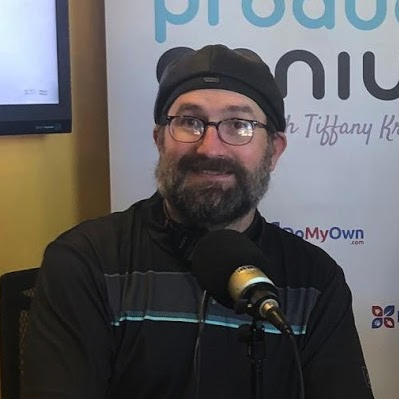
Response from Mr. Jodey Smith
from the North Gwinnett Team
I prepare for a client session by reviewing my notes from the last session.
I also check Basecamp for any updated files or tasks from my team or the client team.
It usually takes about 15 minutes.
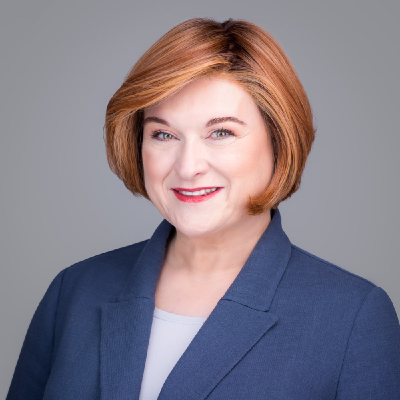
Response from Wendy Kinney
from the PowerCore Team
Dan Sullivan created a tool he calls an Impact Filter.
https://strategic-coach-assets.s3.amazonaws.com/Uberflip/ImpactFiterToolAndGuide_Booklet.pdf
The link will take you to the explanation, and allow you to print the page.
I like to send it to people who want to "pick my brain" (that always sounds so painful to me) so I know which part of my brain to open up to them.
This morning I was reading The Lost Art of Connecting by Susan McPherson. She's clear about the benefits of asking for help (Benjamin Franklin is, too!) and says to make sure the pitch is [1] specific, [2] measurable, and [3] time bound. so the inquirer will get the best possible from the person they're going to be with. I want to get better at that. I wonder how . . . thinking . . .
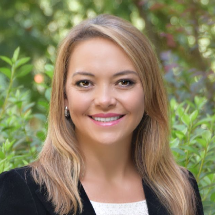
Response from Chrystal Clifton
Clients often contact our office to inquire about cheaper rates. Being an independent agent allows us to look at other companies for our clients to see if there is a way to improve an insureds situtation. There are different reasons that a policy premium can increase and understanging those reasons before I talk with the insured is important. Researching the policy's claims history and looking for violations that have been added in the last 12 months allows me to give the insured a better underestanding of how this may have affeted the premium. In some cases it's more advantageous for them to stay with the current company than to move to a new one. Having this detailed conversation can prevent an insured from moving their auto policy to a new company only to realize that they have cost themselves additional money by breaking the bundle with their home policy. Calling a trusted agent who understands your situation is always better than calling a stranger over a 1-800 number.
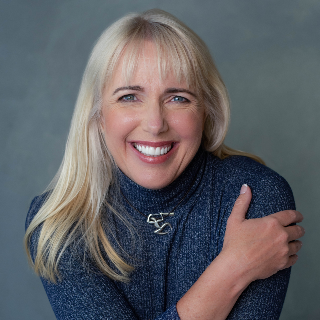
Response from Jessica Walker
from the Peachtree City Team
When my clients book their twice-monthly check-in sessions with me, they get reminder emails that include a link to their Pre-Session Strategy form. This form encourages them to let me know a few days ahead of time what their most pressing questions and what they are hoping to get accomplished in their session with me. This way, I have plenty of time leading up to our check-in session to do any research, gather resources, etc. so that I have those items available and we can use our time together very efficiently. After our session is complete, my clients will also receive a follow-up email with a link to their Post-Session form so that they can quickly let me know their Single Best Thing, as well as any questions that came up after the meeting. I use this collected information to add to their "Owner's Manual" so that they can see how they have progressed through the duration of their program with me.
Response from Rebecca Brizi
from the Buckhead Team
I have a standard outline I use to prepare an agenda for every client meeting. It includes:
- The purpose of the project overall
- The objectvie for this particular meeting
- Notes from last time
- And the key information I need from this meeting, with expected next steps.
The actual questions I use in the meeting are taken from my knowledge base, and tailored to the specifics of the client meeting.
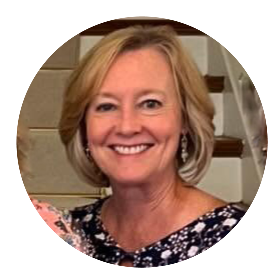
Response from Eleanor Thompson
from the North Gwinnett Team
If I am meeting with a current client, I pull the file of their previous print projects so that I can review what we have done for them in the past. In most cases, I know ahead of time if our discussion will be about a brand new project, or if it's something similar to one we have already produced. I check digital files to make sure that I have them, and they are up to date, and I pull previous samples to familarize myself with paper and other details. When I'm meeting with a potential new client, I prepare by asking them to email whatever digital files they might have so that I'll know in advance what the scope of the project is. That allows me to make better recommendations regarding paper and finishing work.
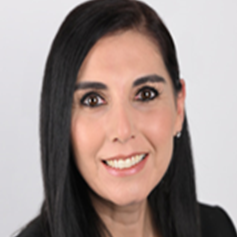
Response from Carmela Arreguin
from the North Gwinnett Team
When meeting with my clients it is always important to review the information that I have captured previously in order to uncover recent or upcoming life changes. If I have assisted my client with the completion of a personal financial statement, I will review it with my client and update any information that needs to be updated. If I have not gathered a personal financial statement previously, I will work with my client to complete one. The financial statement is a snapshot of my client's current financial picture. It allows me to better understand their finances in order to help achieve their short- and long-term financial goals.
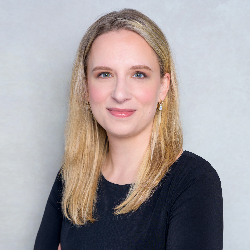
Response from Katie Moore
from the Milton Team
I'm a business attorney and before meeting with a new client I always check their entity's record on the Secretary of State's website.
A quick glance will tell me: the type of entity, when the company was started, who their registered agent is, whether they've been current with their annual filings over the years, if they've done a name change amendment, and more. There have been times, based on this information, where I have to inform the prospective client that their entity is not in good standing or that it has been dissolved and we need to prepare the paperwork to reinstate it.
It's important for me to look at this information so I am prepared for our consultation. It also demonstrates my interest in the client's business even before they make the decision to work with me.
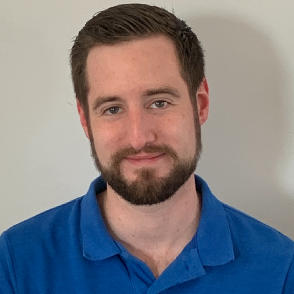
Response from James Davidson
I have done my best to streamline quotes with new residential clients. Mostly all of our carpet & air duct cleaning services can be quoted over the phone, and I want the initial price quoted to be the price the client ultimately pays (No one likes a surprise / bait & switch tactics!).
For commercial clients, typically I set up an appointment to come measure the square footage and type of floor to be cleaned (Tile & Grout, VCT, or Carpet), or I scope out the ductwork to see how big the tonnage of the HVAC Unit is and what will be needed to clean out all the ducts. Afterwards a bid offer is sent for their consideration. For all clients I set the expectations for the service, what they need to do to prepare, and explain the cleaning process.
Response from Dr. Brandon Faieta
I prepare by taking the time to go through a new patient's paperwork thoroughly before they even get to the office. This allows me to be more specific with my clinical questioning to get to the cause of the problem when I meet them in the office for their initial visit. Also, the patient does not have to reiterate information that they took the time to fill out in its entirety and the process is a more enjoyable one
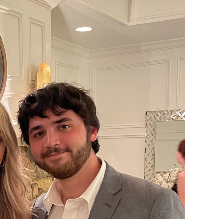
Response from Jake Brustein
Whenever I have a meeting with a client after an inspection I always bring pictures of the damage and make sure I review the situation beforehand so I can better help the customer through everything!

Response from Tom Wallace
from the Peachtree City Team
For a brand new client, our first session is a two hour meeting and we go deep into their current situation. So, I ask them to prepare a simple budget (or at least attempt one) and have it back to me at least 48 hours before our session so I can properly prepare for that meeting. If they are struggling with this step, I let them know not to stress over that step, we will make that part of the first session so we can get them moving forward. I also review their Financial Snapshot that they filled out before our initial consultation so I have their numbers fresh in my mind.
For an established client, 15-20 minutes before our scheduled time, I will review notes from our previous meeting and any correspondence I've had with them between meetings so I can review what homework I assigned, anything information I was to provide and review suggestions on future topics that either they've mentioned or those I feel are beneficial for their situation.
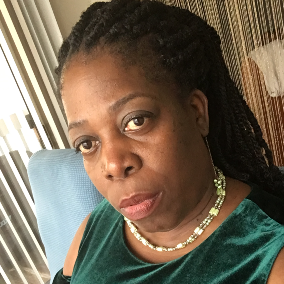
Response from Magneta Gonzalez
When clients come to me they would fill out an intake for with basic questions about their health and wellness and their need for the session.
Then I would explain what would happen during the massage eg: most people would like to know what they should take off or leave on for the massage.
My respnse has always been what ever makes you comfortable, the only thing I decide on are shoe's, because they do not get in my table. I want every person who walks in for a massage to feel entirely comfortable and confident that they will be treated with respect and ultimate care.
I give all my client information as to how to continue the work done in the office at home. I show them how to stretch and breathe properly. I know for certain that my clients feel so much better after their appointment .
I also make myself available for questions during and after their appointments . I let my clients know that if they have any questions about the massage services to feel free to call or text me and I respond within twenty four hours.
Response from Tunji Ajigbeda
from the North Gwinnett Team
With established clients, I usually review the payroll that we've processed for them since our last meeting with an eye for any trends either positive or negative. If we're involved with their employee benefits, I'll review the employee participation rate as well as payroll deduction transaction information for employer sponsored health care, dental, and other accounts like FSAs, HSAs, and 401Ks. This review can take up to an hour depending on the number of employees and complexity of the account.
With new prospects, I typically review the most recent informatin about payroll deductions and benefits that may apply to their employee base so that they are educated and can make informed decisions if they decide to select us as their payroll services provider. This review can take up to 30 minutes depending on how much new information there is for the benefit year. For either scenario, my goal is to present intelligent consideration for the client's situation so that they can rest at ease with the choices that they make as business owners.
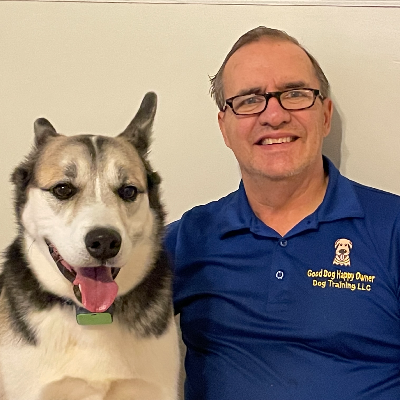
Response from Nicholas Garrison
I have a check list I follow that lists all the behaviors I am training for the package. After each session I check off what we have trained and then send my client a video example of the training and written follow up for them to practice.

Response from Angela Baptiste, MBA
Reviewing the notes from my previous session with my client prior to the next session is one action that I implement, I allocate 20-30 minutes for this process : This allows me to better challenge coachee based on what they have said their goals and action plans were.
They identified these goals in order to achieve the outcomes they desire and get to the next level. Being able to state back their dreams, vision etc proves to be a powerful way of reminding coachee of the direction and path they outlined.
This allows me to hold them accountable and determine if there are changes.. need for realignment.. change of course
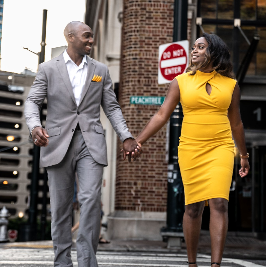
Response from Jonathan Young
I prepare for each meeting with research analysis of each clients before our appointment starts. I look at debt, final expenses, properties, businesses, and age of the client as well as their child. From this I am able to give them a total needs analysis with three options to buy that fall into 3 different budgets.
I need their mortgage balance, income, age, and age of child if applicable.
Yes, each presentation is catered directly to the each client's needs.
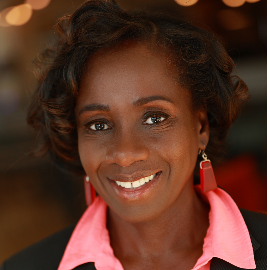
Response from Judith Taylor
Prior to meeting with a client, I review my notes from the previous call, text, or zoom. I email or text an agenda and also upload a summary of the current policy into the zoom meeting. There may be a special online submission, presentation, or a paper only form, depending on if the client would like to:
- Extend the term (years) of the policy
- Extend the policy coverage amount
- Add a child rider
- Convert a child rider
- Reinstate a policy
- Add a waiver of premium
The presentation may be customized according to my prior experience with the client.

Response from Piper Chans
When preparing for a client, I like to make it as specific to them and their situation as possible. Every client comes with a different starting point and end goal. When preparing to meet with both seller and buyer clients I send over an about our team presentation. This presentation is great for our clients to look at so they know what to expect from our family team. Being a good fit for my clients is crucial prior to them making one of the biggest financial transactions of their lives. I am all about relationships and making it a fun, smooth process. Seller and buyer consultations take place before I actually go out to see homes. This comes back to making sure both parties feel working together is a good fit. Hearing people’s stories of why they are selling or buying and getting to know clients on that deeper level allows me to provide the best service possible. The end goal is always leaving the client feeling educated about the process, with no real surprises.
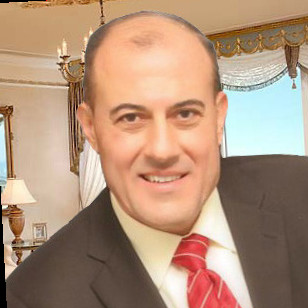
Response from Abe Kassim EA, MBA
When I meet with the client I make them feel important becase everyone has invisible sign on top oftheir head (it is 4 ft high and 4 feet wide and it says make me fell important). For my Tax plannig and book keeeping Clients, I ask them as many question as possible relating to there financila tax situation and there Financila goals , retirementgoals and anyother thing like me to answer. I gather all the docements nessary to get started and if the cilent does not have it at the time of interview, i ask them to send it later. I got to work to see what is the maxiumum refond or lowest libelty they entitled to legaly undr Applicable law.
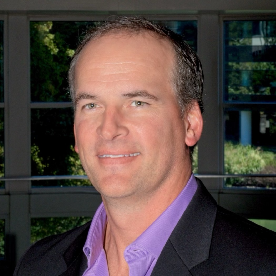
Response from Ryan Kelly
from the North Gwinnett Team
- There is no custom presentation for my clients. Every single client has a unique situation in my business. I just need to know up front, before I waste my time or their time, if they are purchasing or refinancing a residential property. I do not do commercial financing, and I do not do land/lot loans only.
- I typically am introduced through email or a phone call. I like to do an initial phone call so that I can ask questions about their specifics and listen.
- Those questions and answers give me a starting point. I have a lead sheet that I created where I take notes on what we have spoken about while we are speaking.
- I also save all emails and correspondence for my records so that I make sure that I am doing my best to tailor a roadmap to my client's specific situation.
- I then send my client a loan application either via email or share my application app with them and request personal info. based on our conversation.
- That application, along with the personal documentation, determines the specific programs we use, the route we take, and the items that need to be addressed further.
- I meet with people in person if they wish, zoom, or just do calls and emails throughout the process.
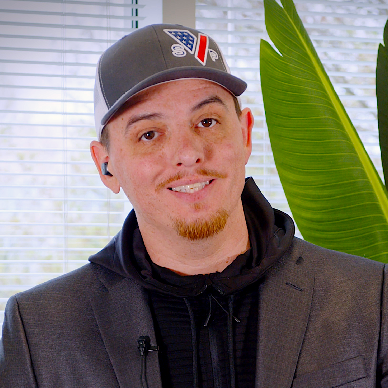
Response from Nate Sampson
Properly preparing for production is... well... imperative! Prior to each day of filming, my clients and I ALWAYS book a production consultation to go over the specifics of the story we're telling to ensure that it's consistent with what brands / features / items will be highlighted and how, and that it will be consistent with how they want to be viewed by their target audiences. A complete plan for the flow of the day. At the production consultation we also will outline necessary contingencies should things not go exactly as planned (i.e an outdoor event that is subject to rain) so that regardless of what happens, we get the content needed tell their story or have a make-up day scheduled in advance.
Response from Jenny Shouse
Each potential customer is different in regards to what work they need done. I ask some questions about the work needs and can estimate from that about how long I will need for that estimate. I always allow myself an extra hour in between estimates just in case other needs arise during the estimate.
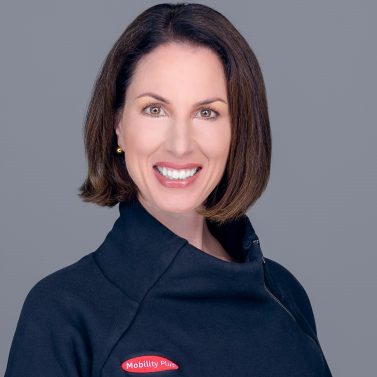
Response from Mary Block
from the North Point Team
One way that I prepare for clients is by doing as much research prior to seeing them in my showroom so that we can reduce the amount of "wheel-spinning" that happens while we are together. For example, last week I pulled info.sheets, and measurements for two lift recliners that I discovered (after about an hour of searching) would be possible fits for both my client and the space where the recliner would be placed. When they arrived to my showroom, I had all of the information ready for them, and we could discuss this clear range of options vs. talking about a broad scope of items that would not necessarily fit their specs. Since I provide such a large range of mobility and home health options, I do not have a stock presentation. It is all customized, but I do always try to include a good, better, and best option as well as pre-owned equipment or parts when I can. This allows for a range of price points so that my clients have choices in both price and quality.
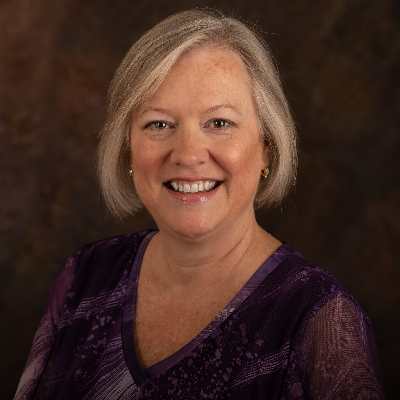
Response from Susan Honea
from the Brookhaven Team
When I'm preparing for a coaching call, I review my notes from our previous call, if there was one, and the notes from our initial discovery call, which is where I ask about overall coaching goals. These will frame how I start the session. If I am preparing for the discovery call with a new client, I'll review the client's LinkedIn profile and any information I've been provided in advance - or that I can find - so that it's clear I'm interested in the person and know a bit about who they are. My entire approach is customized based on where the client is in the coaching process, what their expectations are, and what their goals are.
